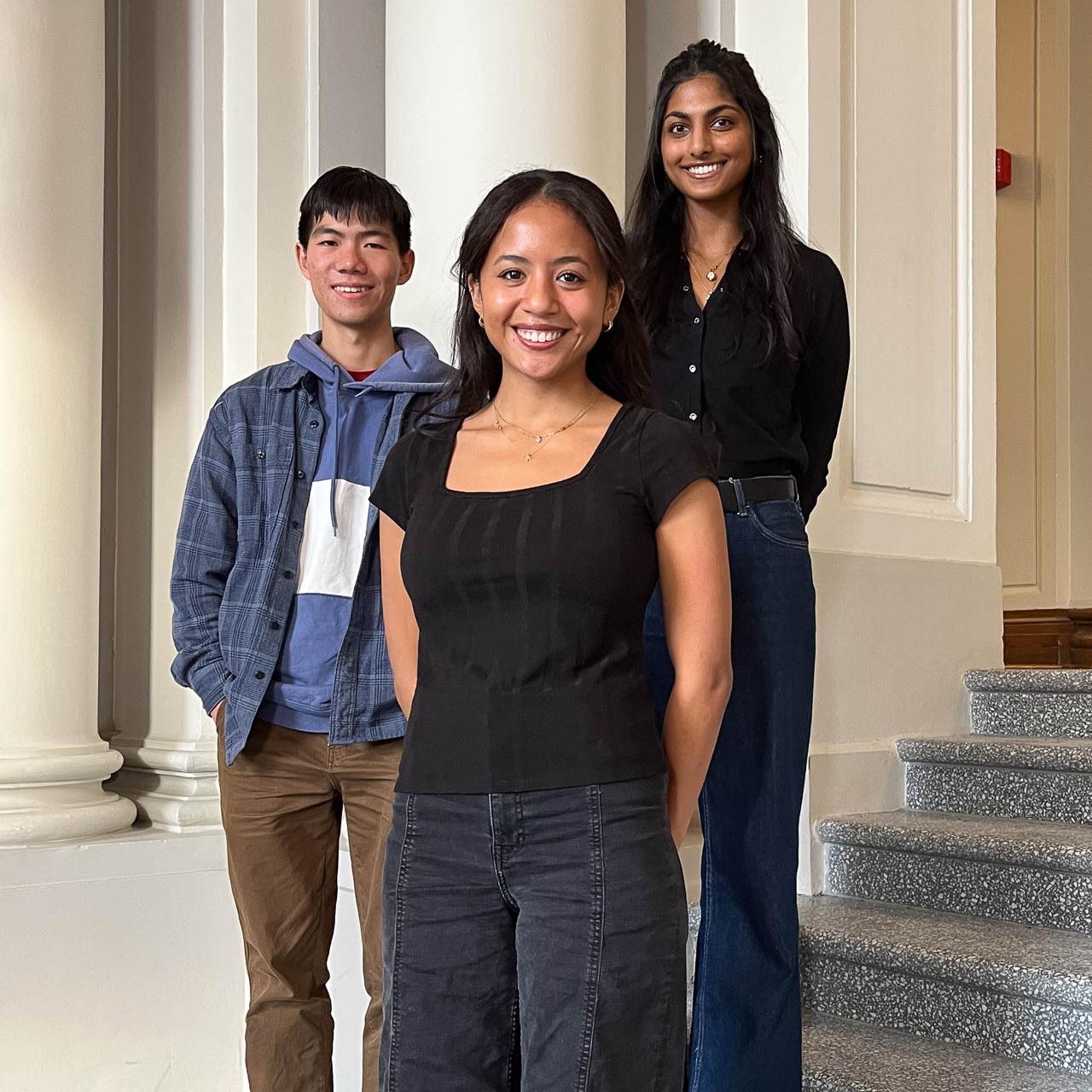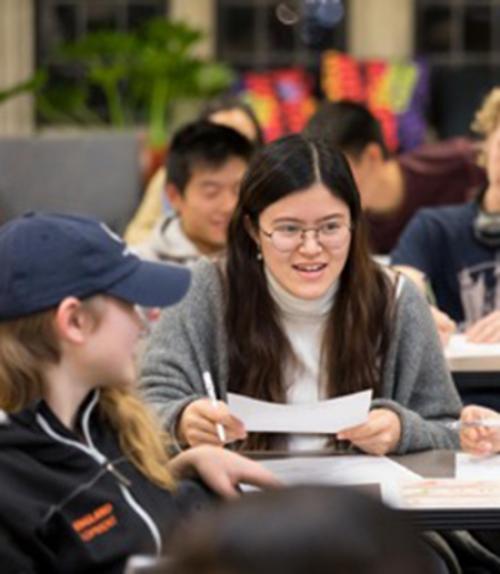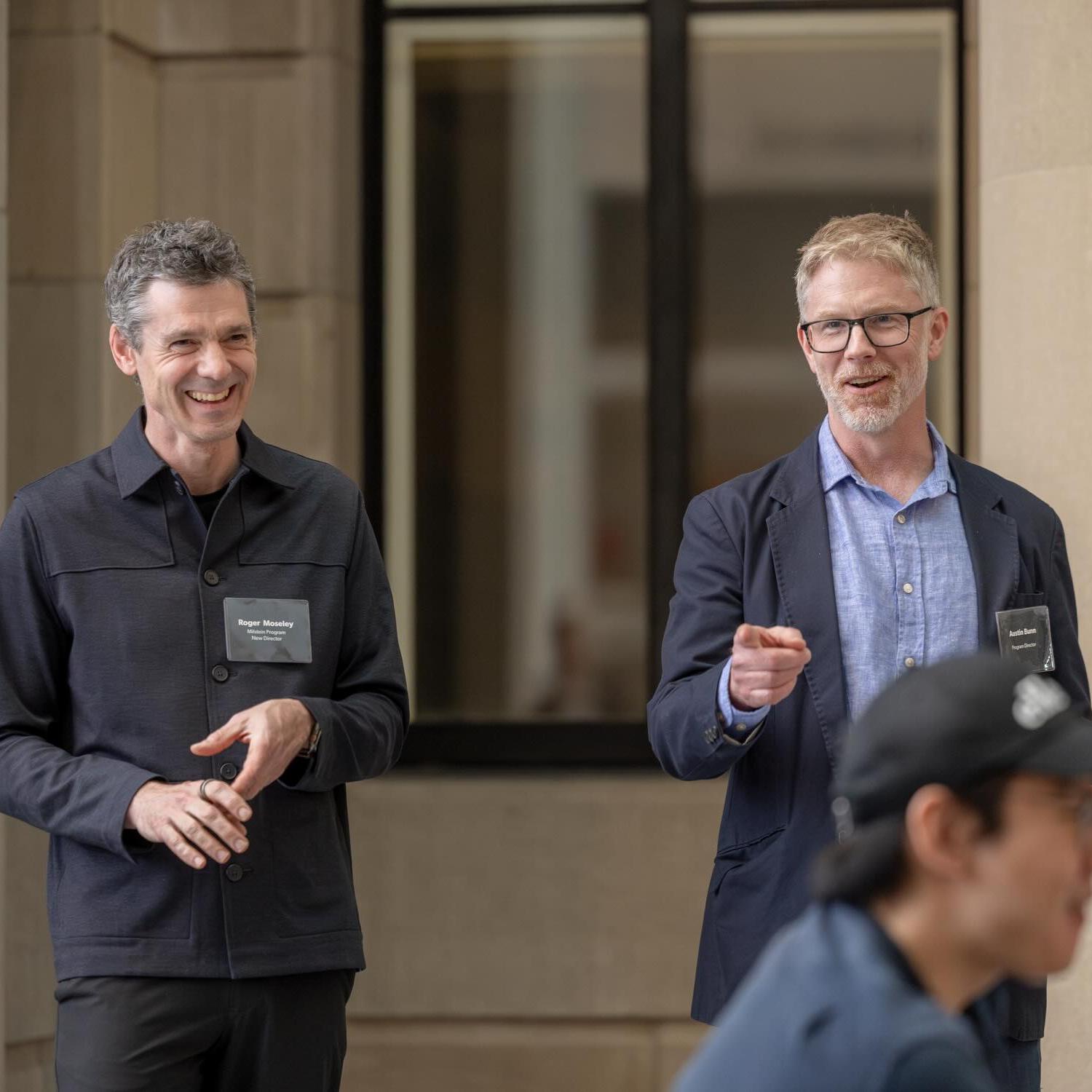
 Department Homepage
The College of Arts & Sciences
Department Homepage
The College of Arts & Sciences
Visualizing data through storytelling
By graphically representing data, information becomes more accessible to different audiences. Anna Feigenbaum, a writer, researcher and educator who focuses on creating social change through technology and communication, visited campus Nov. 18-20 for two workshops on data storytelling, sponsored by the Milstein Program in Technology and Humanity and open to all students.



